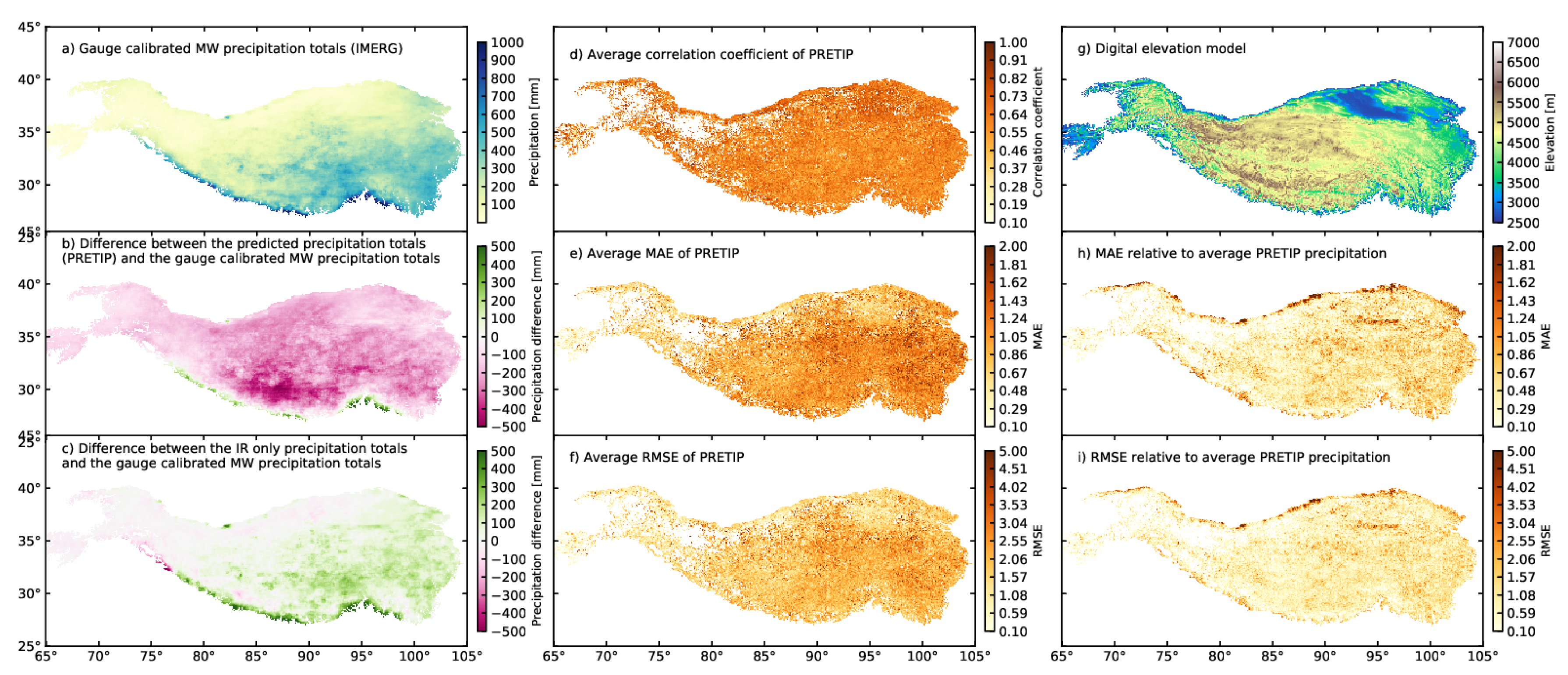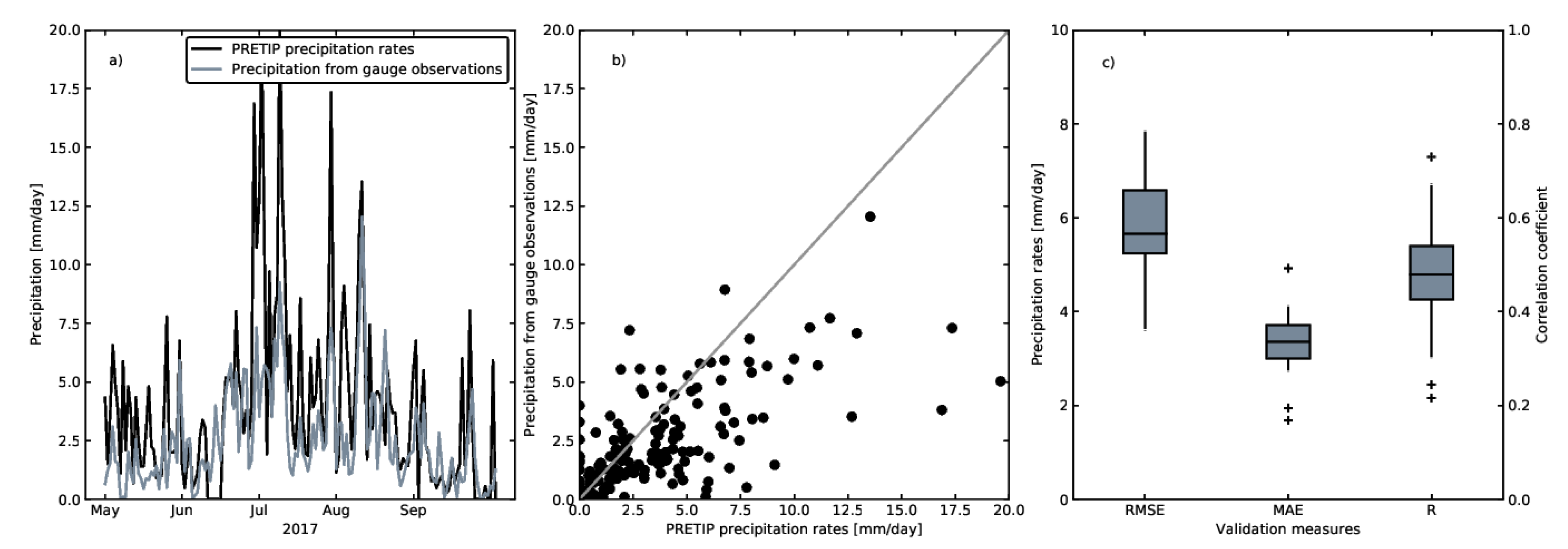Correction: Kolbe, C., et al. Precipitation Retrieval over the Tibetan Plateau from the Geostationary Orbit—Part 2: Precipitation Rates with Elektro-L2 and Insat-3D. Remote Sensing 2020, 12, 2114
Conflicts of Interest
Reference
- Kolbe, C.; Thies, B.; Turini, N.; Liu, Z.; Bendix, J. Precipitation Retrieval over the Tibetan Plateau from the Geostationary Orbit—Part 2: Precipitation Rates with Elektro-L2 and Insat-3D. Remote Sens. 2020, 12, 2114. [Google Scholar] [CrossRef]




Publisher’s Note: MDPI stays neutral with regard to jurisdictional claims in published maps and institutional affiliations. |
© 2020 by the authors. Licensee MDPI, Basel, Switzerland. This article is an open access article distributed under the terms and conditions of the Creative Commons Attribution (CC BY) license (http://creativecommons.org/licenses/by/4.0/).
Share and Cite
Kolbe, C.; Thies, B.; Turini, N.; Liu, Z.; Bendix, J. Correction: Kolbe, C., et al. Precipitation Retrieval over the Tibetan Plateau from the Geostationary Orbit—Part 2: Precipitation Rates with Elektro-L2 and Insat-3D. Remote Sensing 2020, 12, 2114. Remote Sens. 2020, 12, 3594. https://doi.org/10.3390/rs12213594
Kolbe C, Thies B, Turini N, Liu Z, Bendix J. Correction: Kolbe, C., et al. Precipitation Retrieval over the Tibetan Plateau from the Geostationary Orbit—Part 2: Precipitation Rates with Elektro-L2 and Insat-3D. Remote Sensing 2020, 12, 2114. Remote Sensing. 2020; 12(21):3594. https://doi.org/10.3390/rs12213594
Chicago/Turabian StyleKolbe, Christine, Boris Thies, Nazli Turini, Zhiyu Liu, and Jörg Bendix. 2020. "Correction: Kolbe, C., et al. Precipitation Retrieval over the Tibetan Plateau from the Geostationary Orbit—Part 2: Precipitation Rates with Elektro-L2 and Insat-3D. Remote Sensing 2020, 12, 2114" Remote Sensing 12, no. 21: 3594. https://doi.org/10.3390/rs12213594
APA StyleKolbe, C., Thies, B., Turini, N., Liu, Z., & Bendix, J. (2020). Correction: Kolbe, C., et al. Precipitation Retrieval over the Tibetan Plateau from the Geostationary Orbit—Part 2: Precipitation Rates with Elektro-L2 and Insat-3D. Remote Sensing 2020, 12, 2114. Remote Sensing, 12(21), 3594. https://doi.org/10.3390/rs12213594




